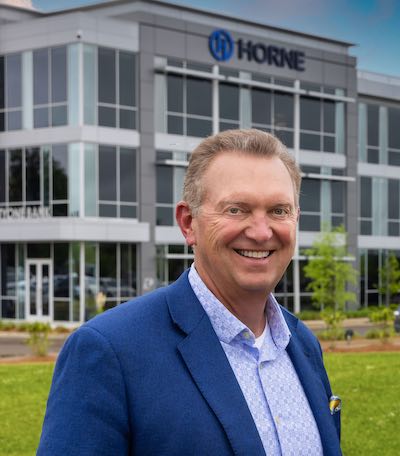A stroll down memory lane with purpose 1
My friend Ken is one who
wants the best for seniors in our community and he works hard to this end. He
and I have different outlooks on this issue, but we agree that seniors need to
be heard. In a recent newsletter, Ken started a call for action by recalling how
we, as seniors, rebelled in the 1960’s to help better society. Ken is about 10
years younger than I am and so his reflections of the 60’s differs a bit from
mine. Here are my thoughts.
Reflecting on the 1960s, it
becomes evident that this decade witnessed the emergence of various social
movements, such as civil rights activism, opposition to the Vietnam War,
feminism, and environmentalism. Additionally, it marked the initial steps
towards recognizing gay rights.
The 1960s was a vibrant era
characterized by a kaleidoscope of colors, cultural experimentation, and an
ethos of love and acceptance. Pop culture underwent a transformation as
artistic expression and novel styles flourished. The subdued and conservative
atmosphere of the 1950s gave way to bold trends in music, fashion, and film for
about 50% of us.
Exploring the educational
landscape of the 1960s, it becomes apparent that discipline was enforced with
strictness, often resorting to corporal punishment as a means to uphold rules
and order. When I started teaching in the 70’s the system I taught in removed
the idea of corporal punishment to the dismay of many of my older colleagues.
During the 1960’s, protests
such as sit-ins, freedom rides, and marches were organized to combat
segregation, poverty, and unemployment. Feminists advocated for equal job
opportunities and an end to sexual discrimination.
The 1960s represented one of
the most confused and contentious decades in Canadian and US history. It was
characterized by significant events such as the Civil Rights Protests, the Cuban
Missile Crisis, the Vietnam War, anti-war demonstrations, countercultural
movements, as well as the tragic assassinations of Martin Luther King, John F.
Kennedy, and Bobby Kennedy. Furthermore, a generation gap emerged during this
time. Racial violence and the Vietnam War further fueled social tensions, and
intense debates surrounding abortion exacerbated the nation’s divisions.
The 1960s witnessed sweeping
movements of all ages, races, and sexual orientation, which demanded justice,
and it concluded with the historic achievement of the first human landing on
the moon.
Fashion during the 1960s
exhibited distinctive elements shared by both men and women. Frayed
bell-bottomed jeans, tie-dyed shirts, work shirts, Jesus sandals, and headbands
became popular choices among individuals seeking to embrace the prevailing
trends.
Parents and educators
commonly resorted to spanking or paddling as a form of discipline. This
approach aimed to teach children that misbehavior had consequences, ultimately
discouraging further misconduct.
From the Beatnik movement of
the 1950’s grew one of the most enduring countercultures in history—the Hippie
Movement. This decade also witnessed the rise of iconic symbols such as Barbie
dolls, Go-go boots, lava lamps, Beatlemania, and mini skirts. Tie-dye clothing
became closely associated with the countercultural ethos, and psychedelic
patterns gained popularity during the late ’60s. The Beatles’ album
“Sergeant Pepper’s Lonely Hearts Club Band” captured the spirit of
the burgeoning “Summer of Love.”
The nostalgia for this area
has some calling for seniors to act as we did during this time and protest.
This is an interesting perspective because only about 40% of us actually took
part in protests during the sixties. We
need to speak out about the treatment of seniors, and there are many ways to do
this without marching and picket lines.
Originally Published on https://boomersnotsenior.blogspot.com/






















